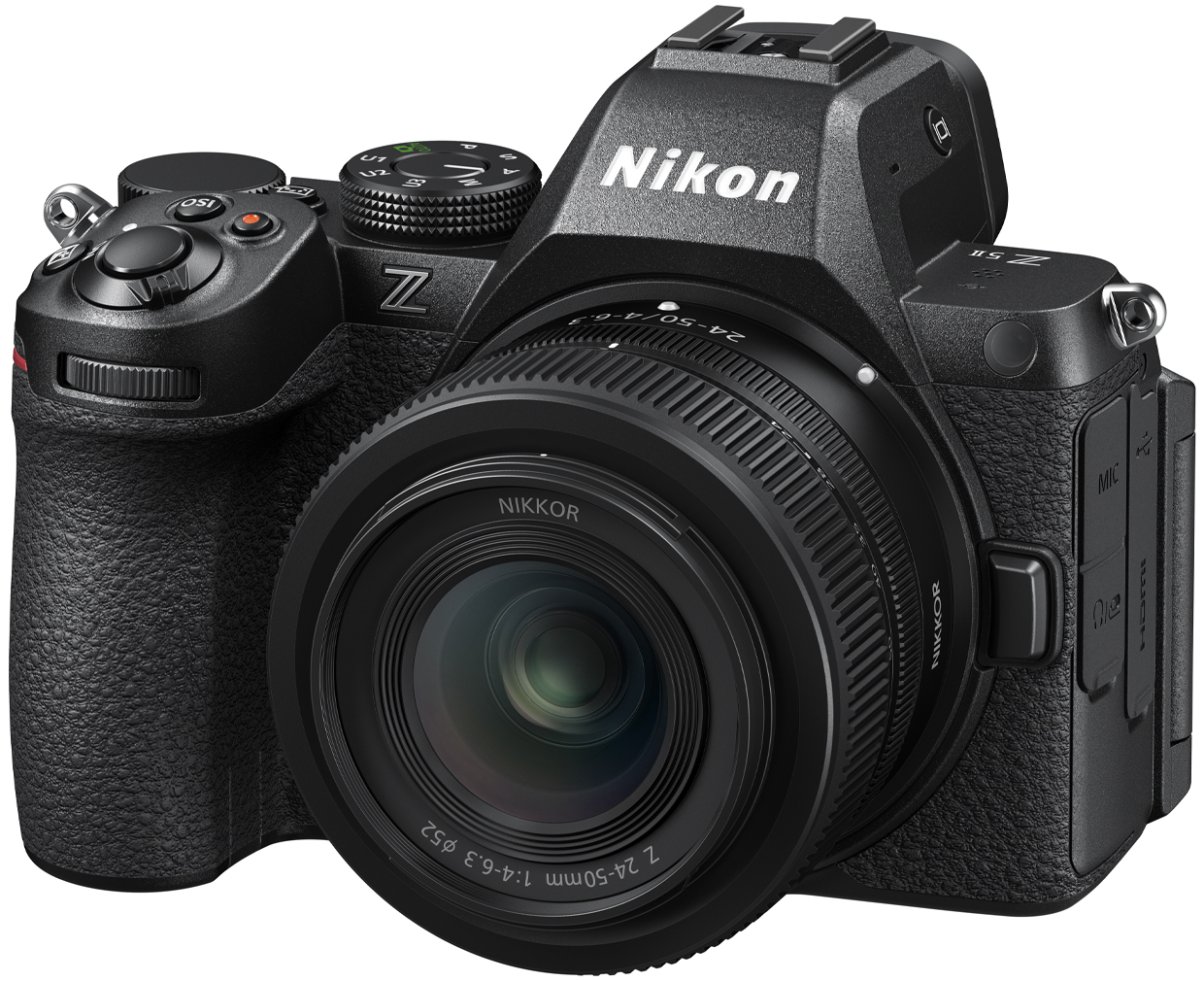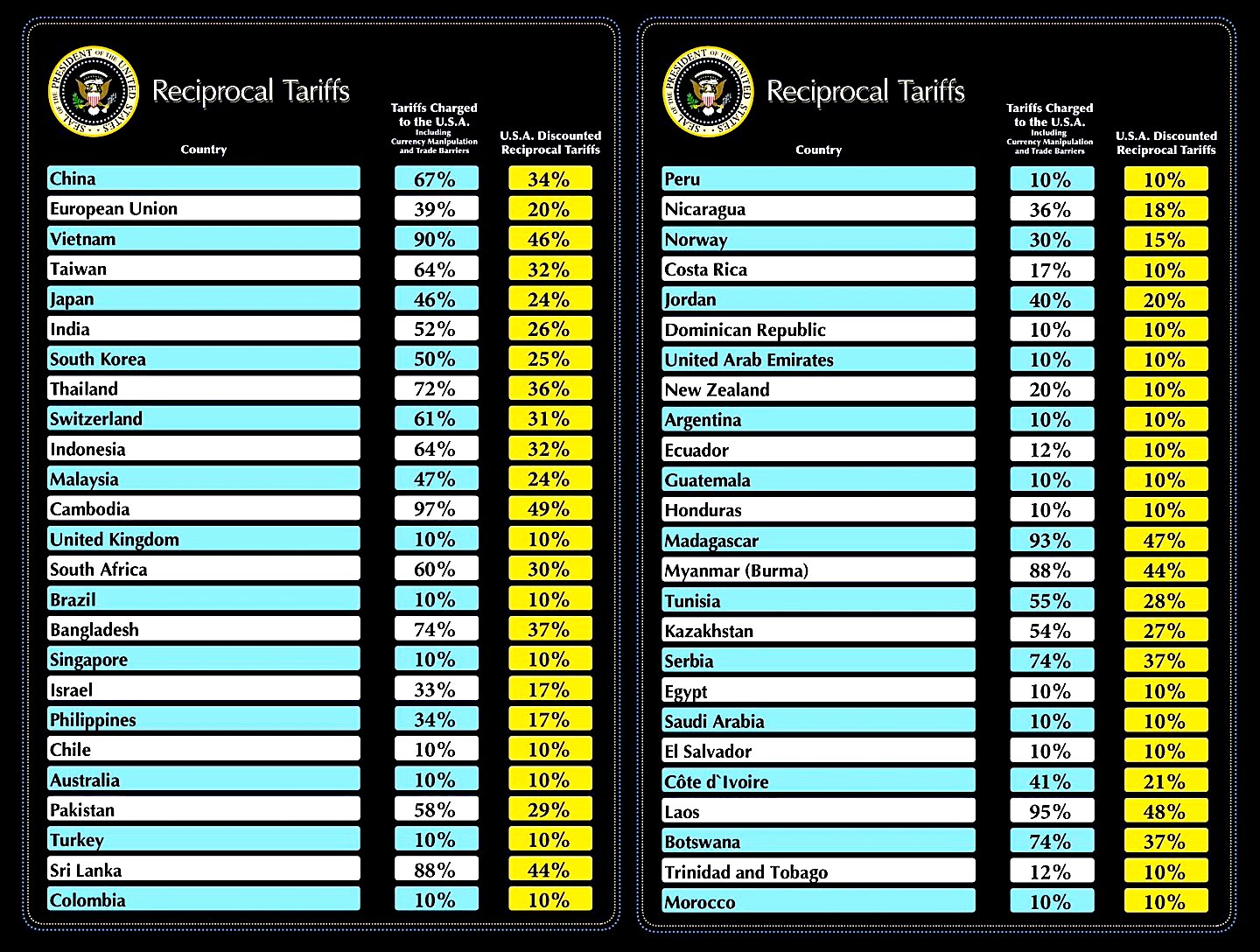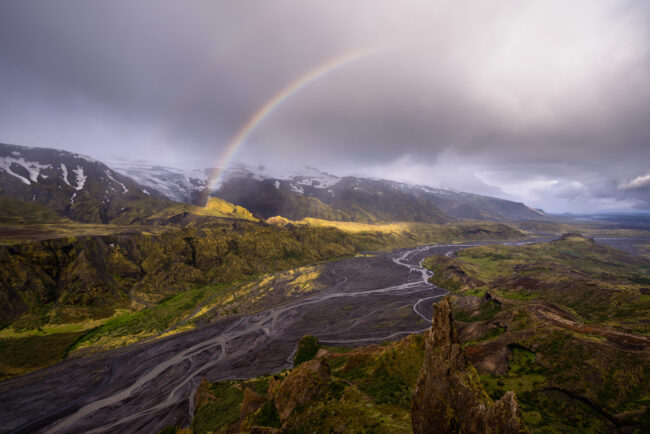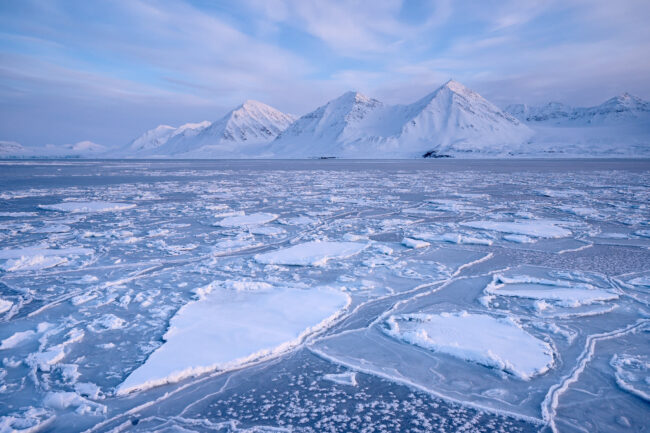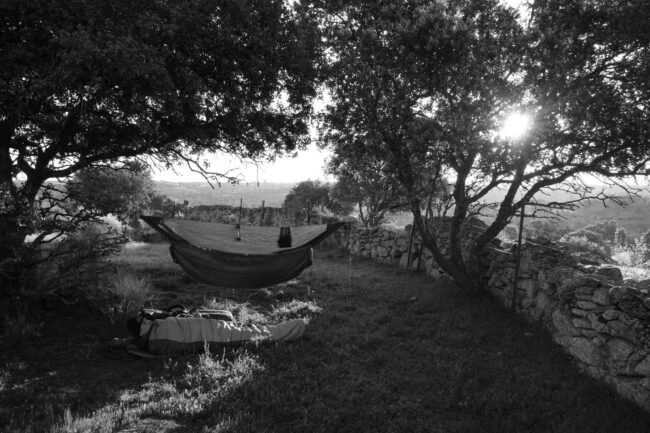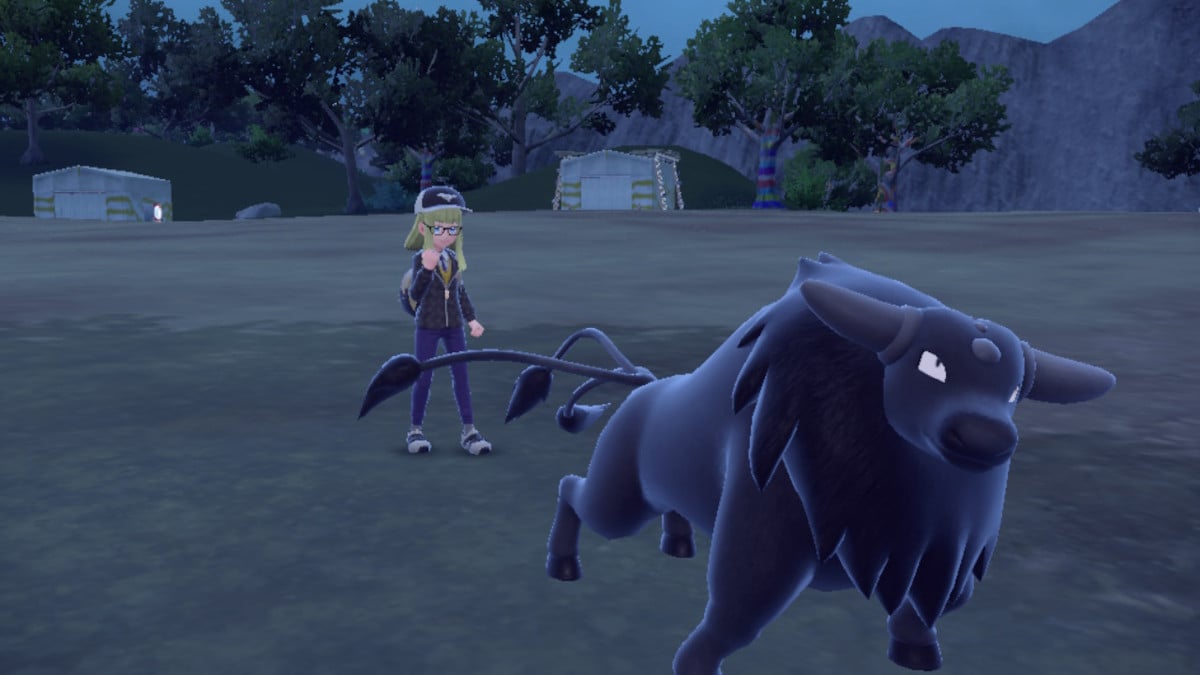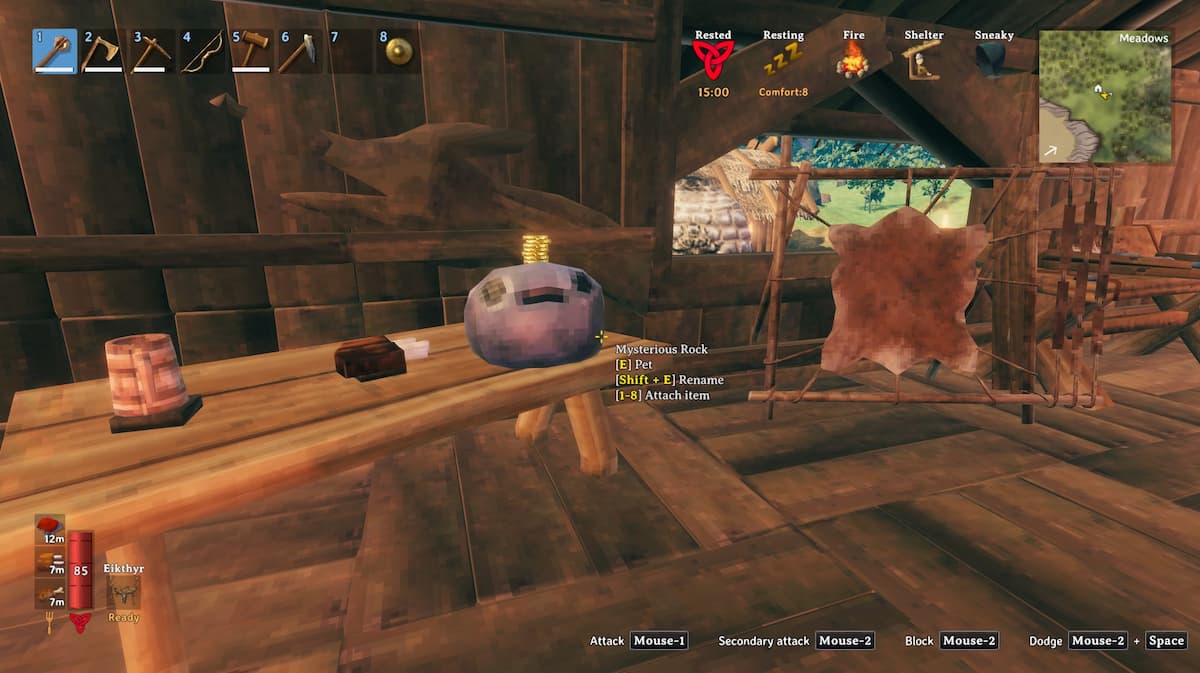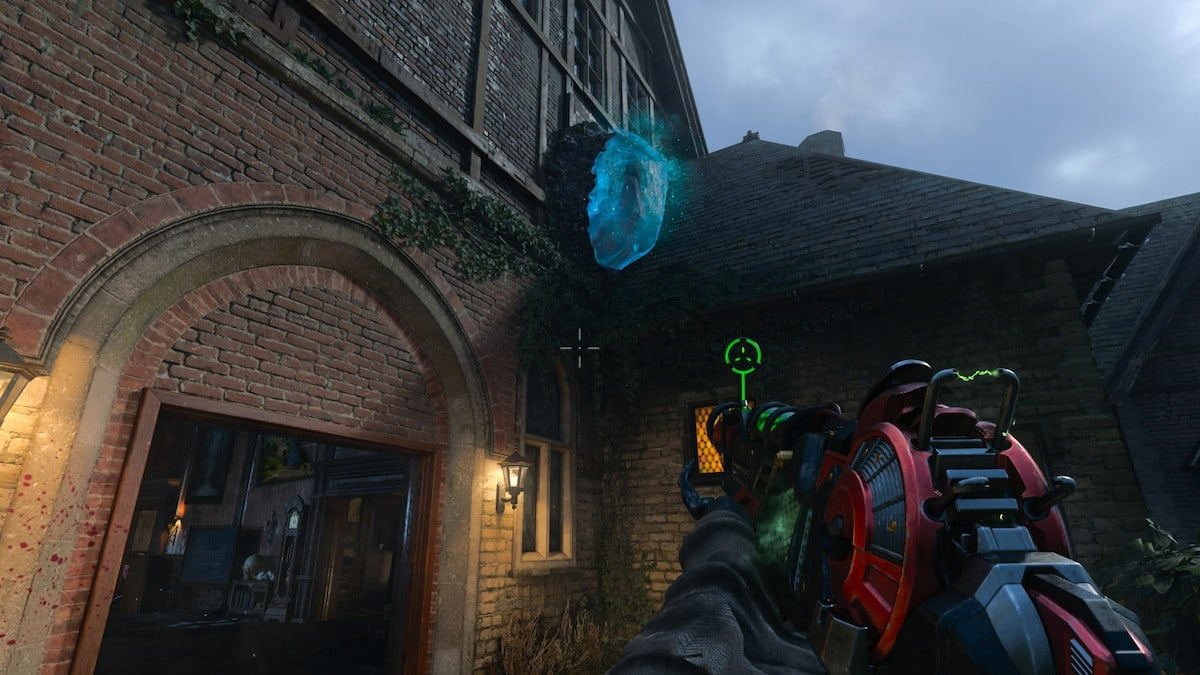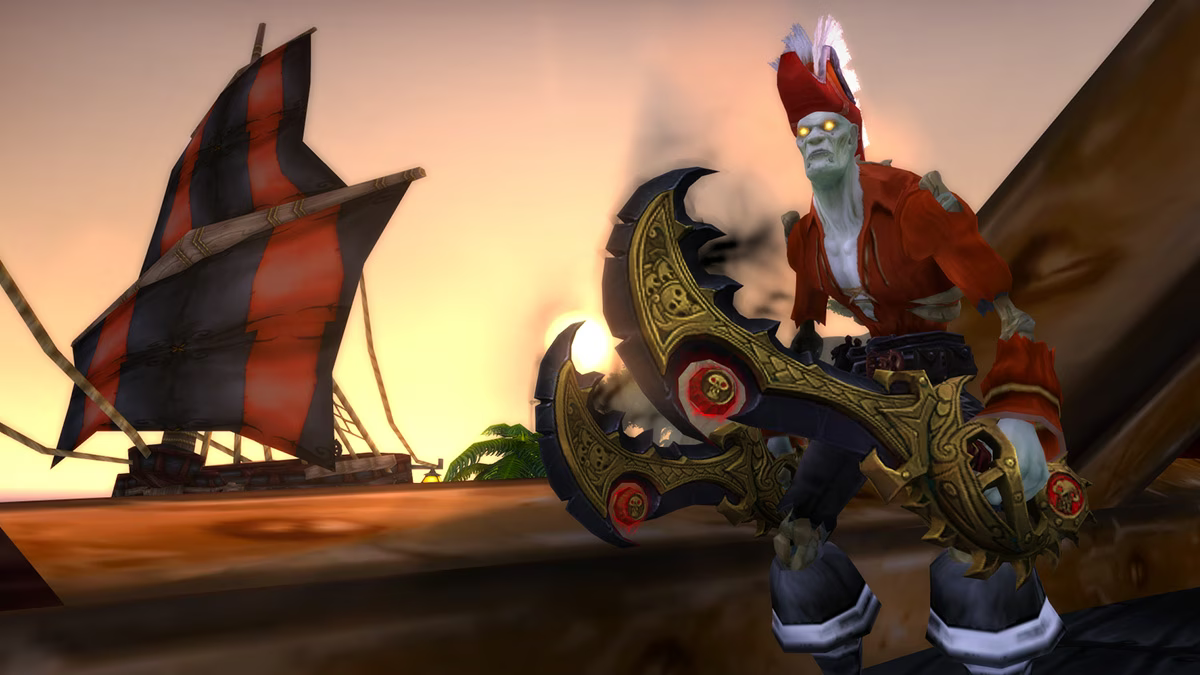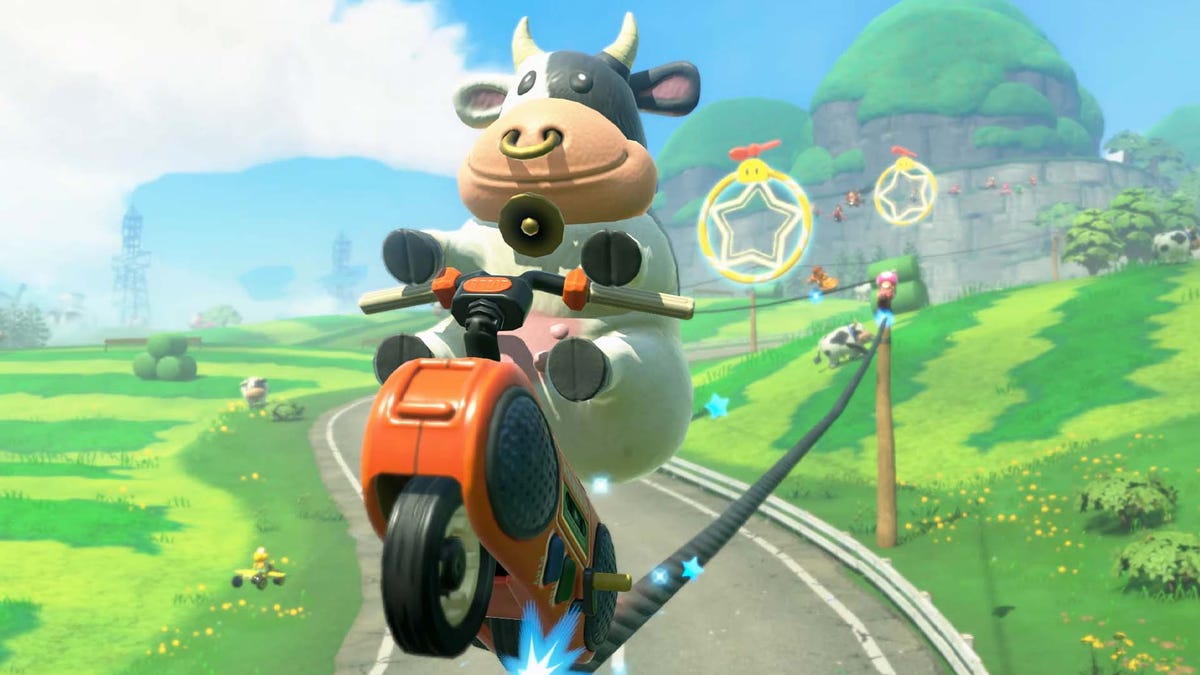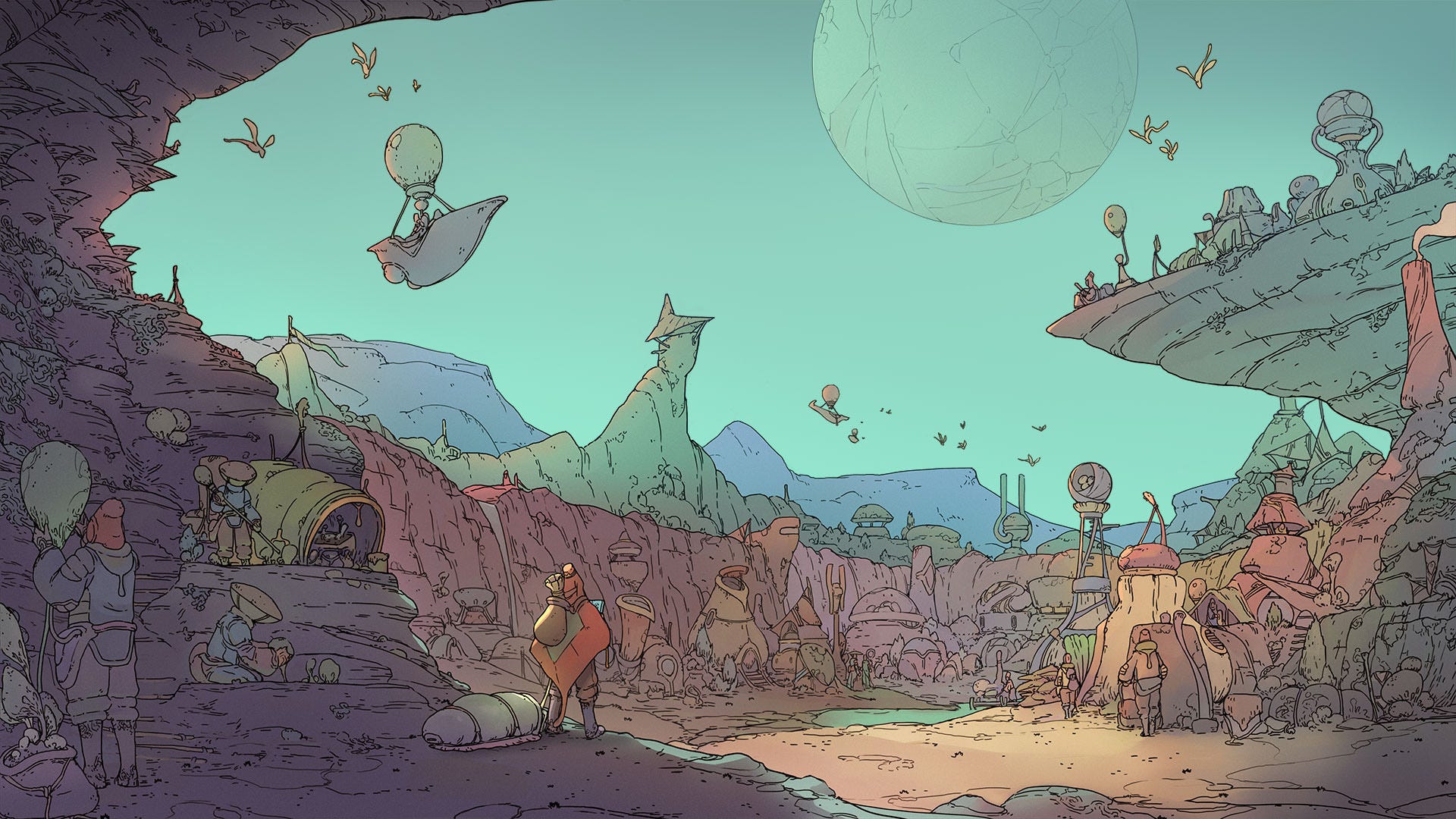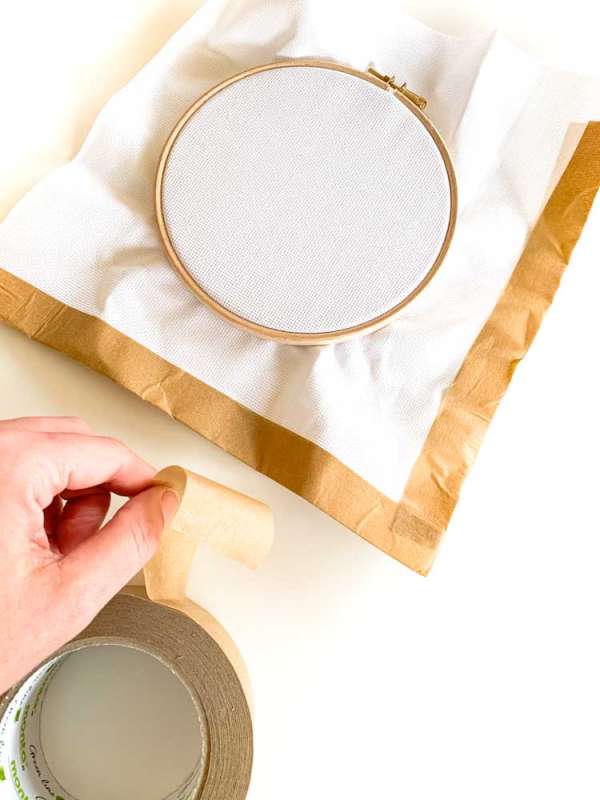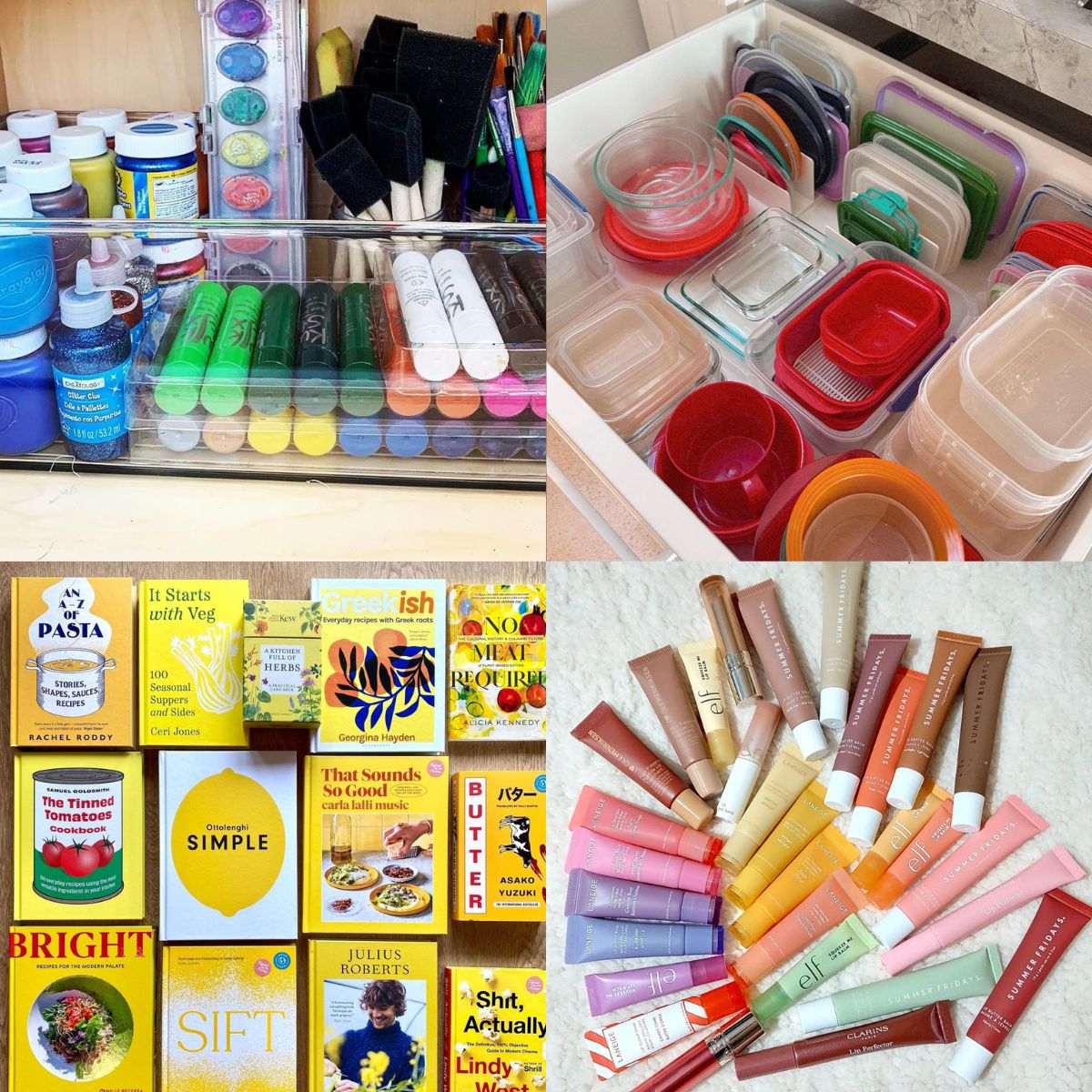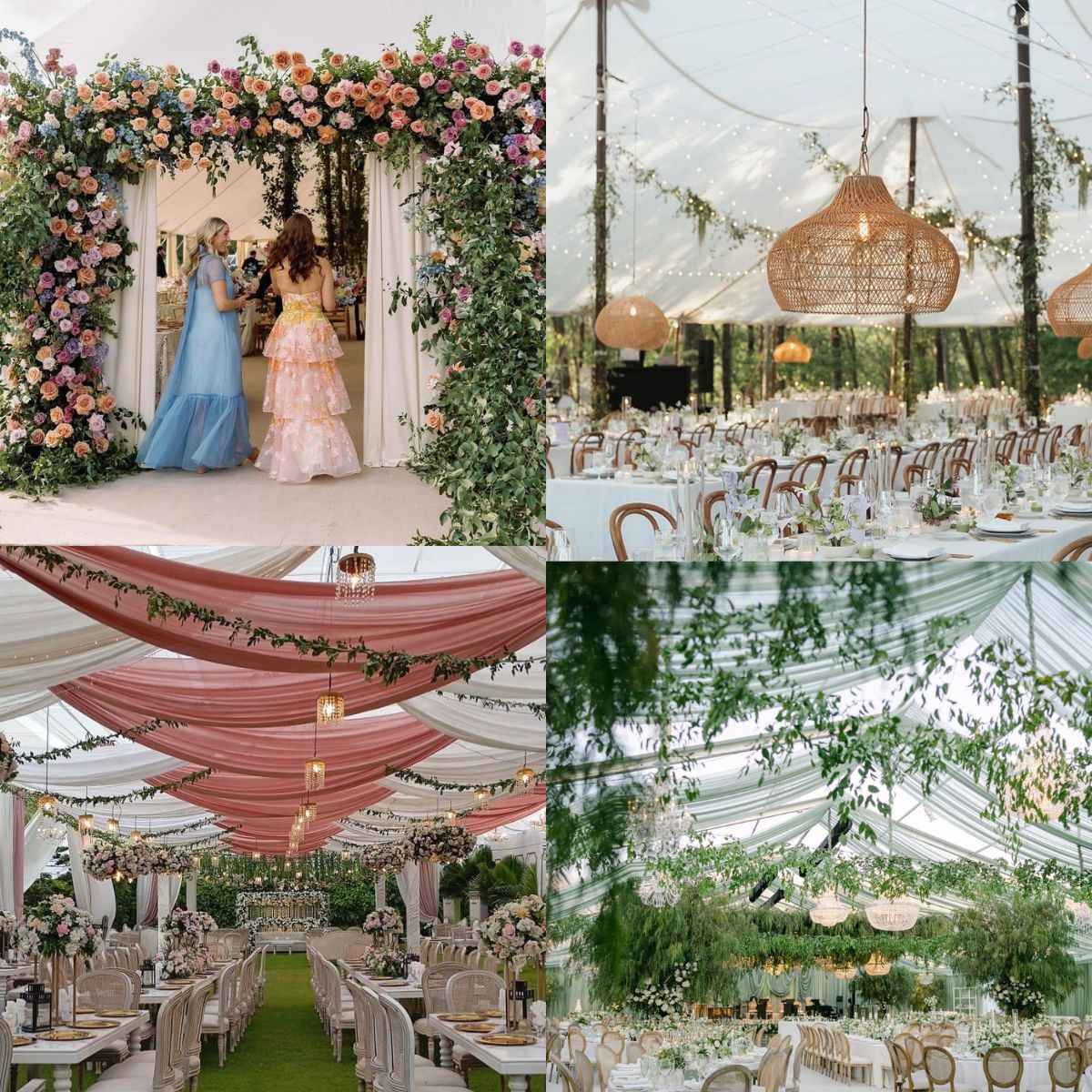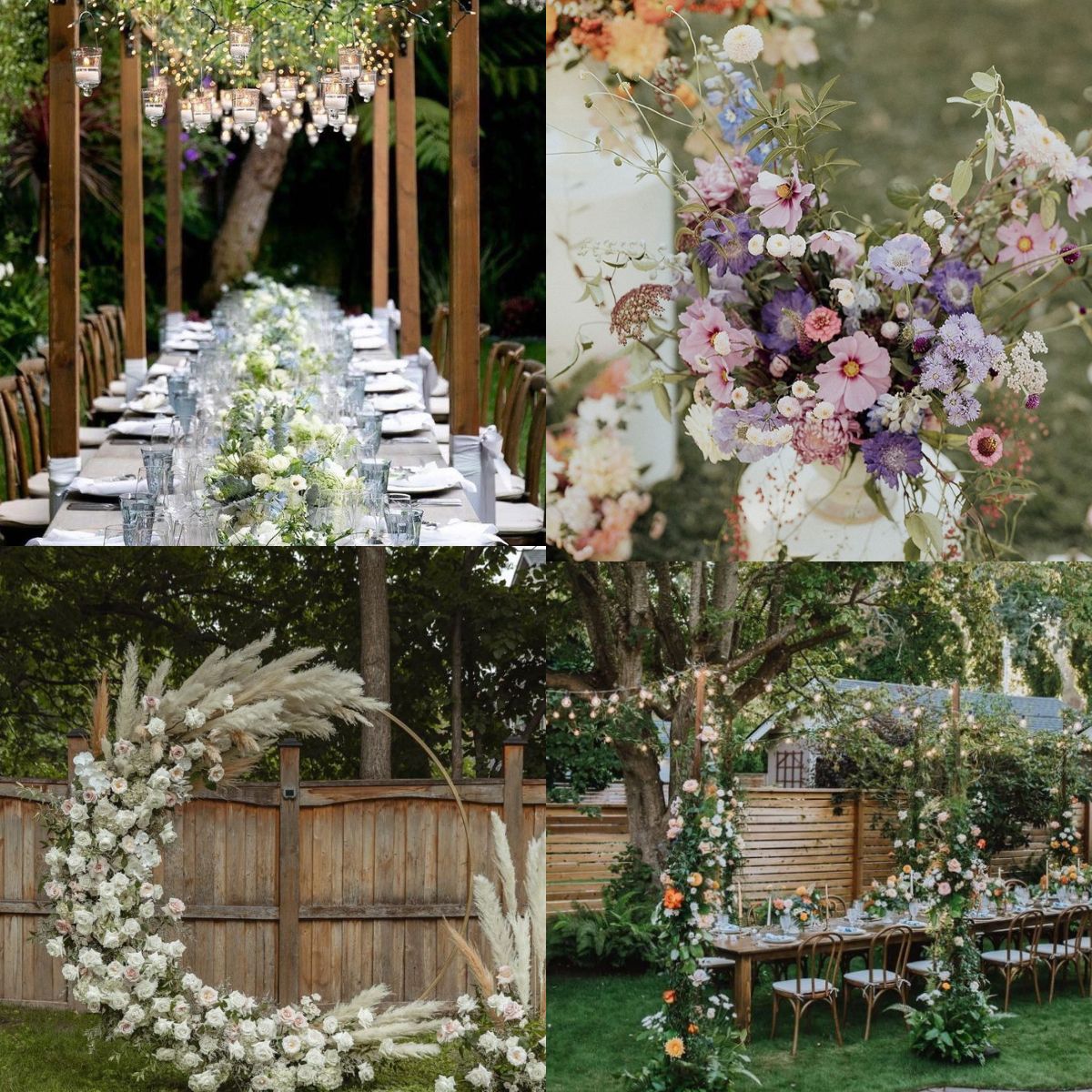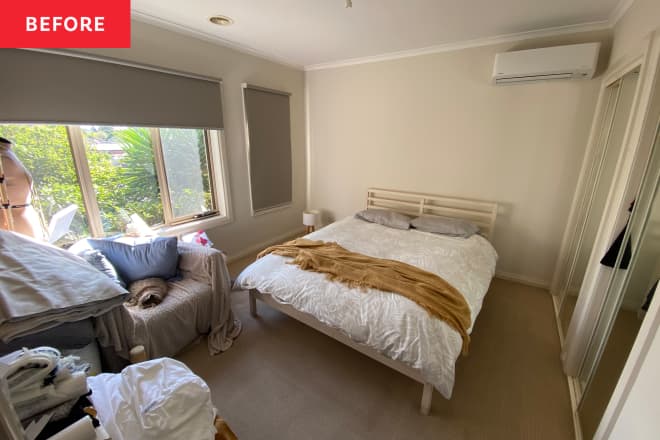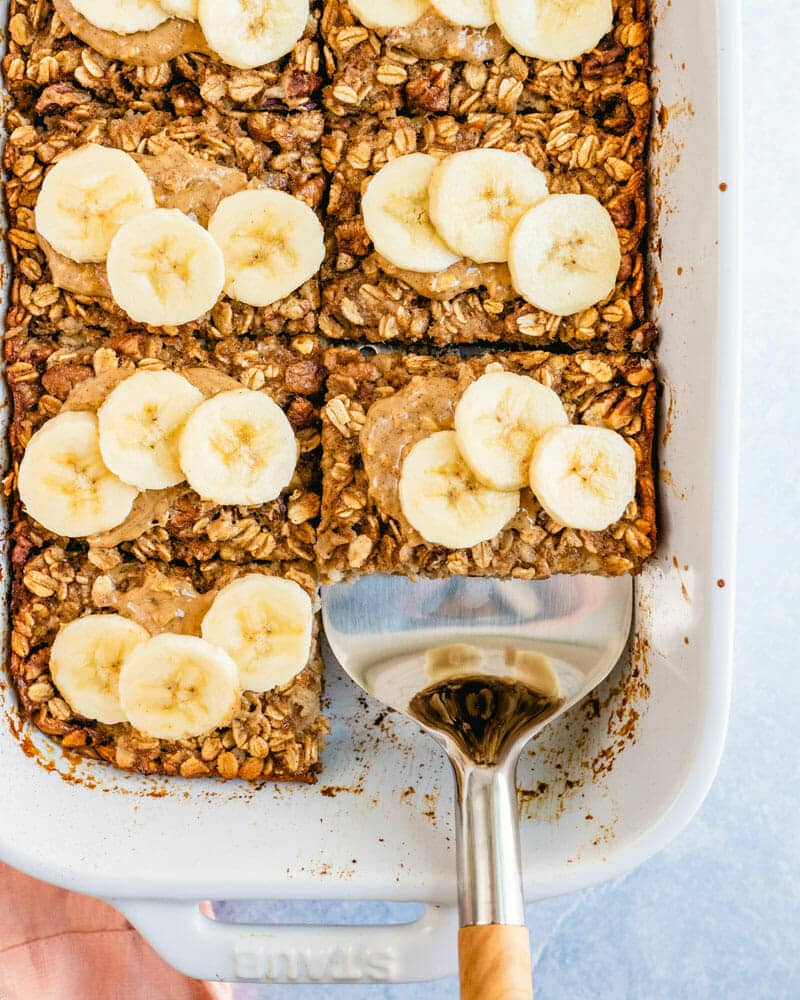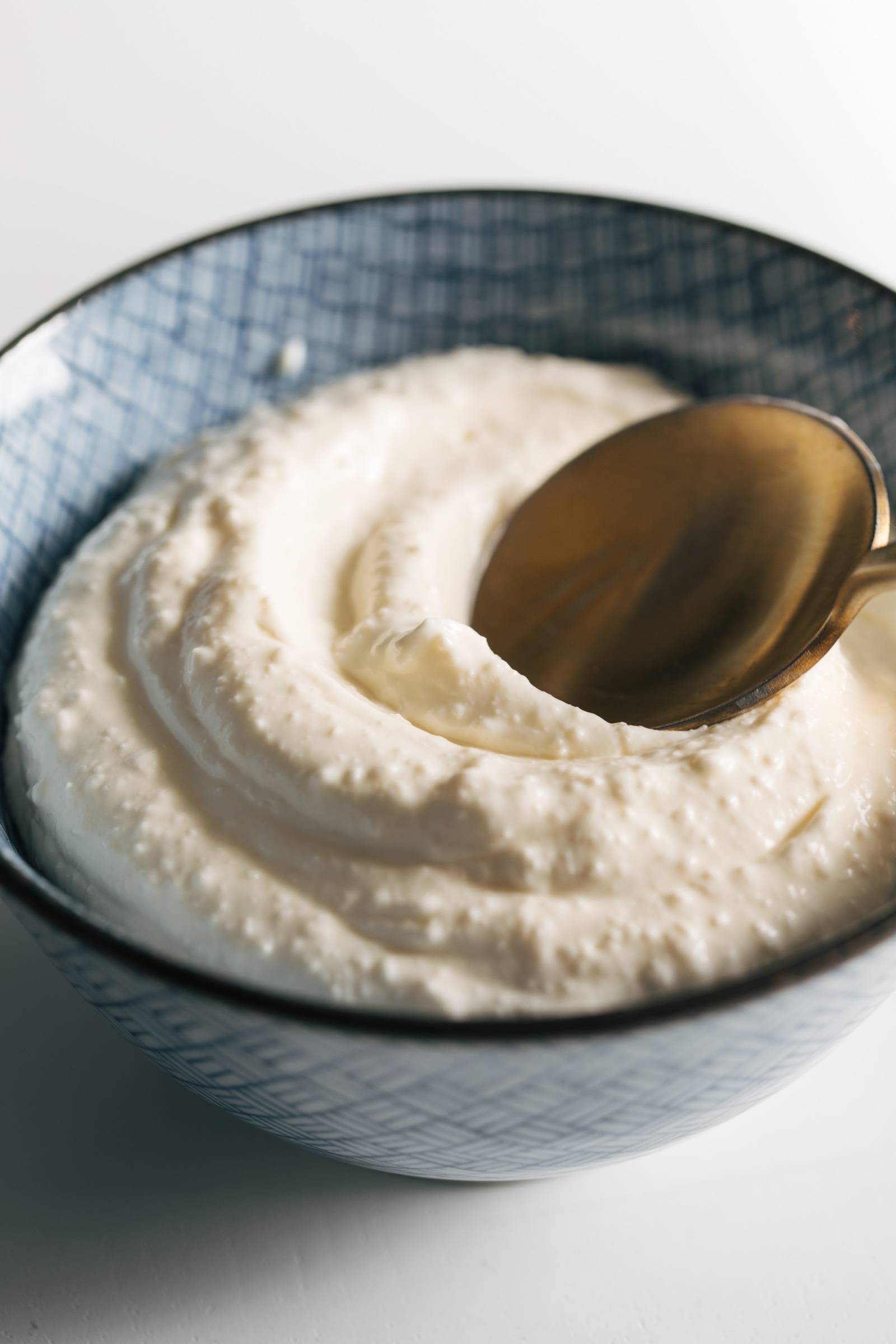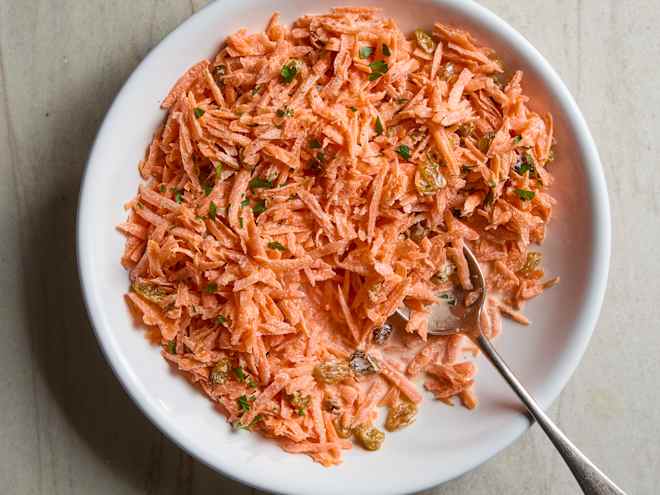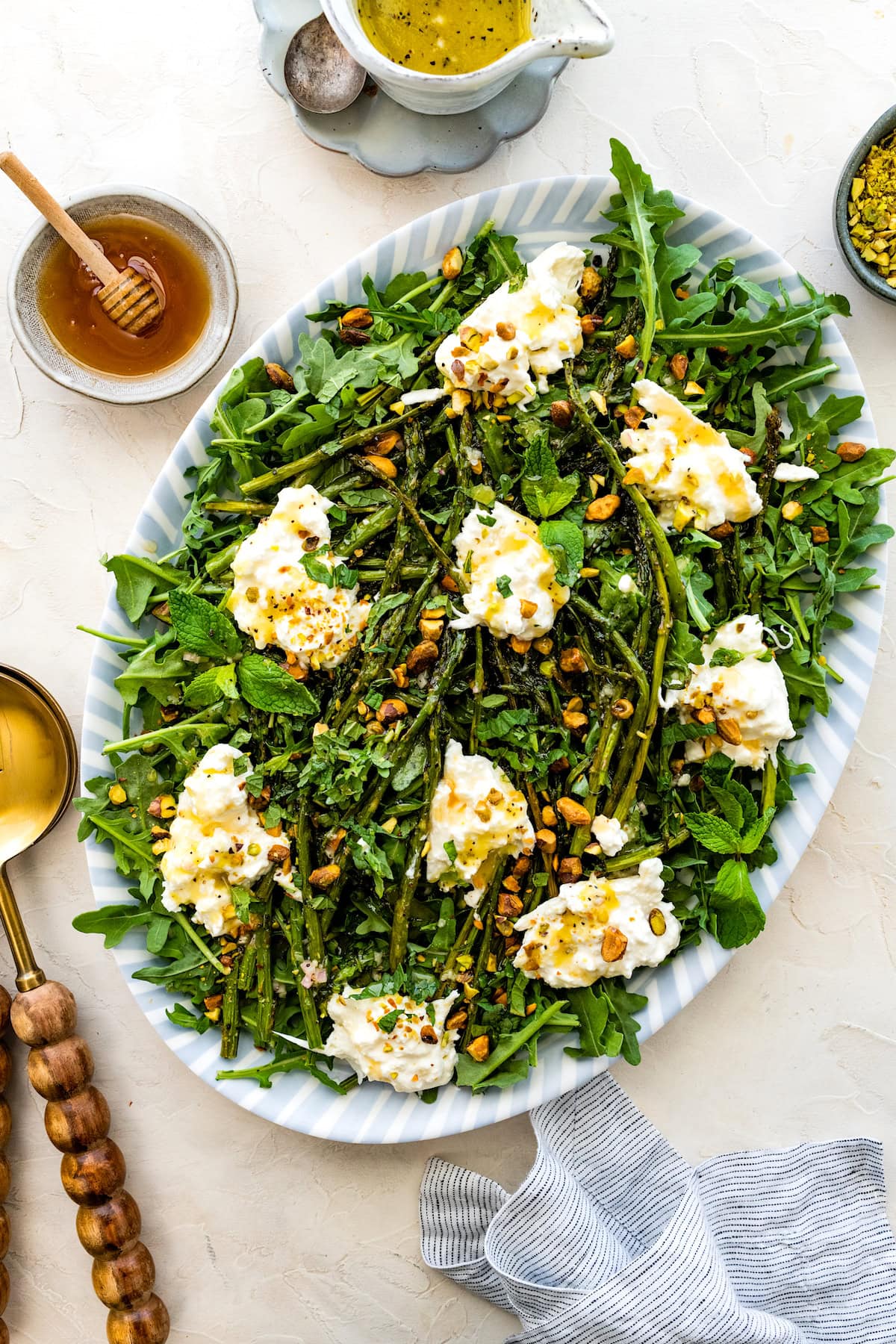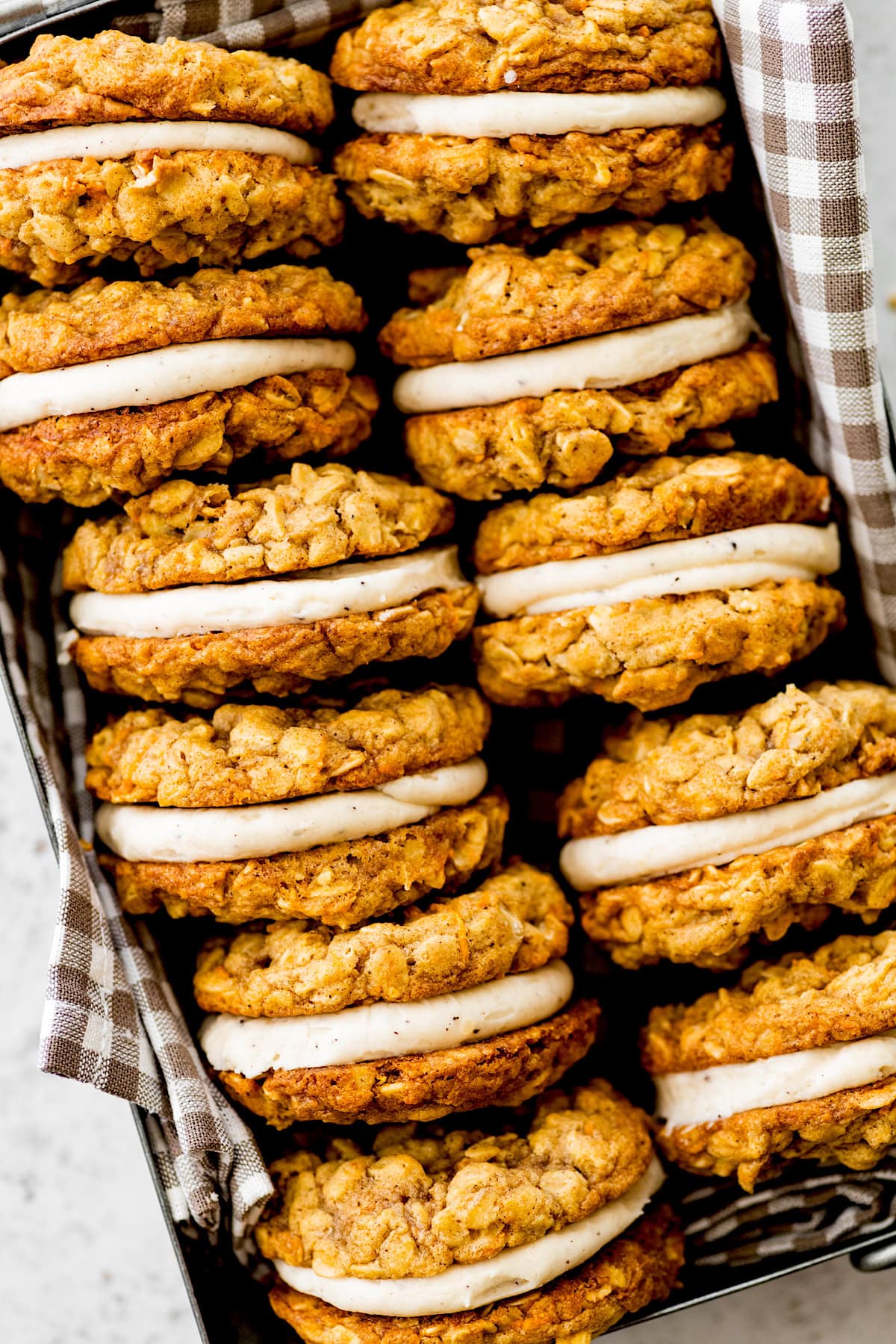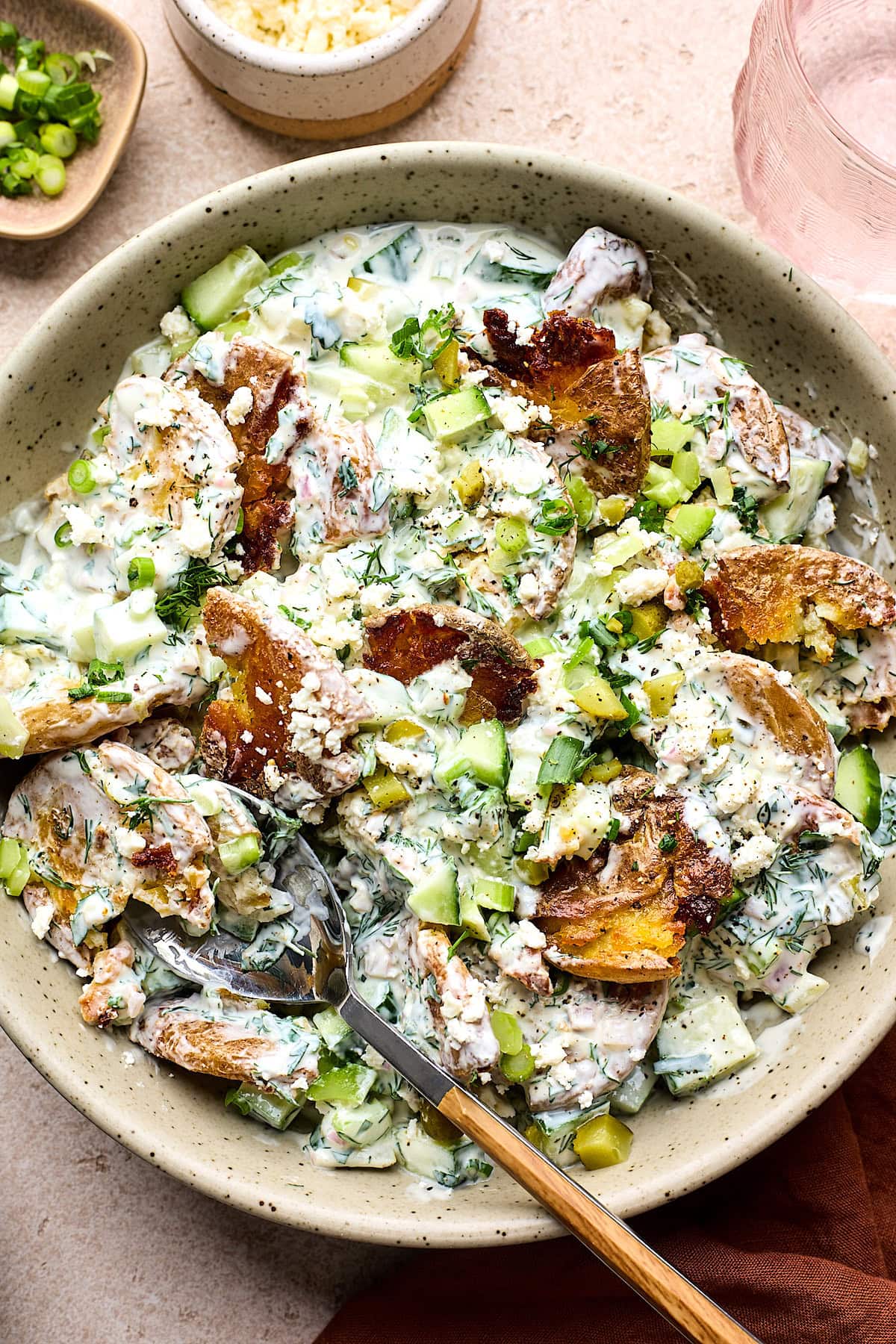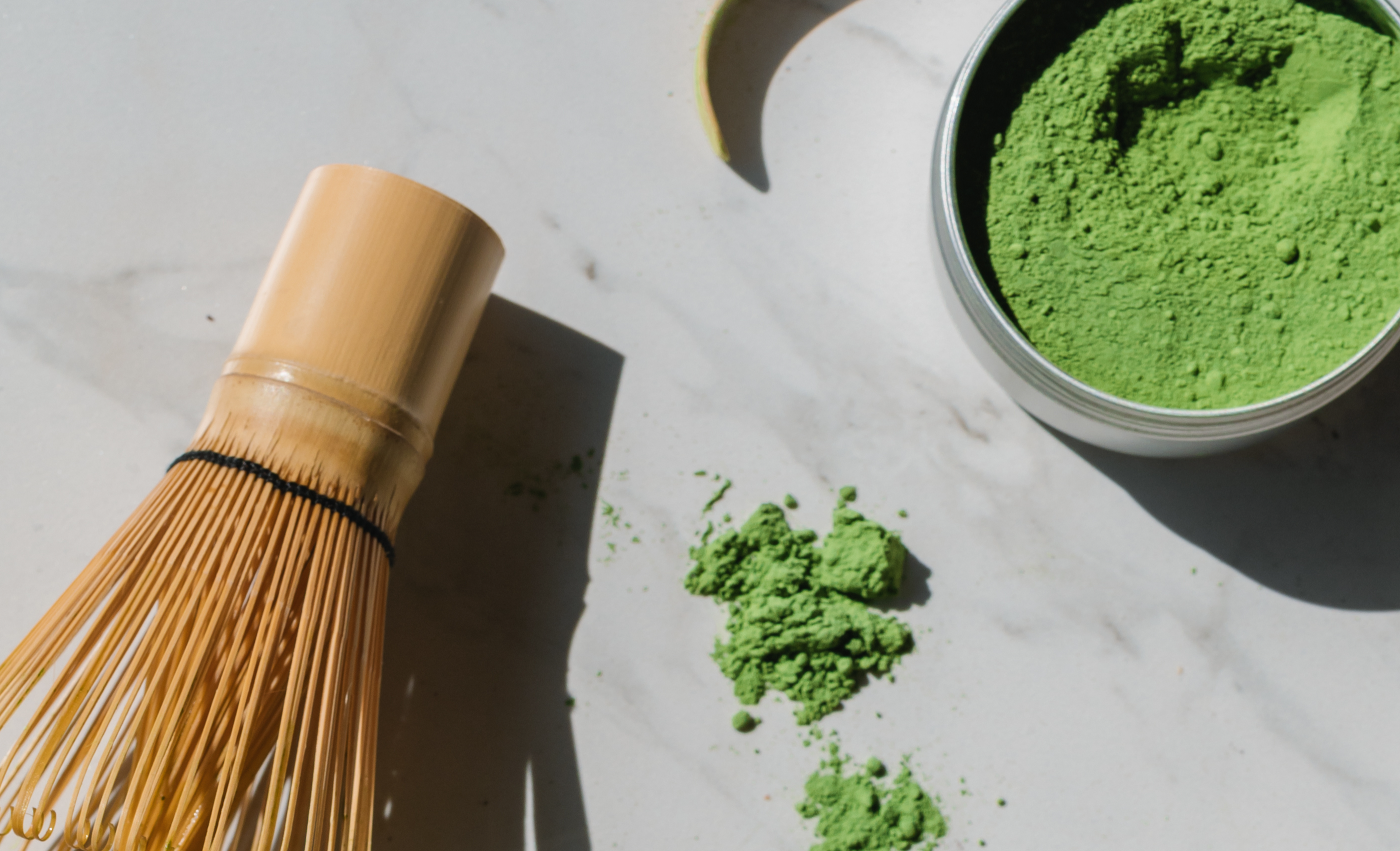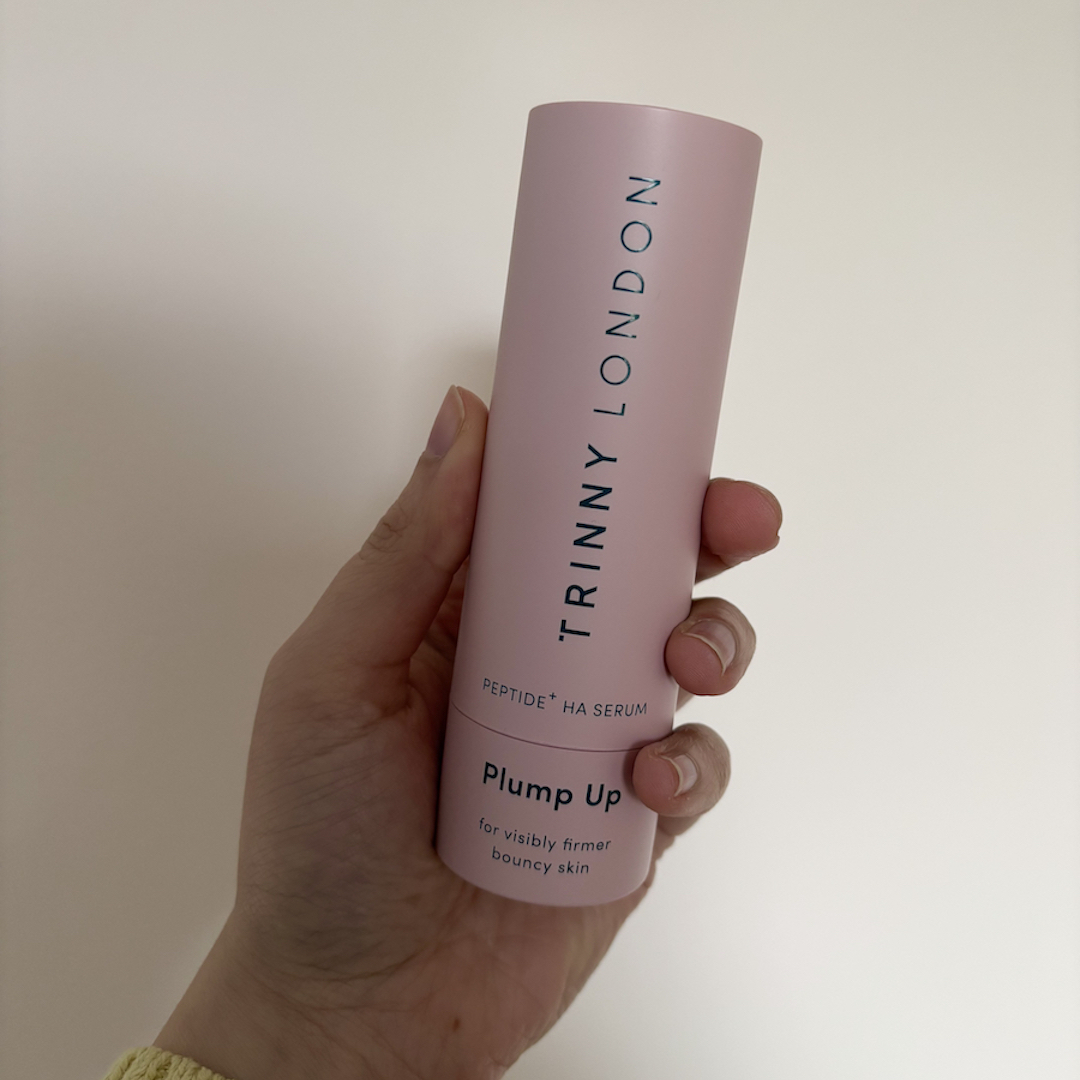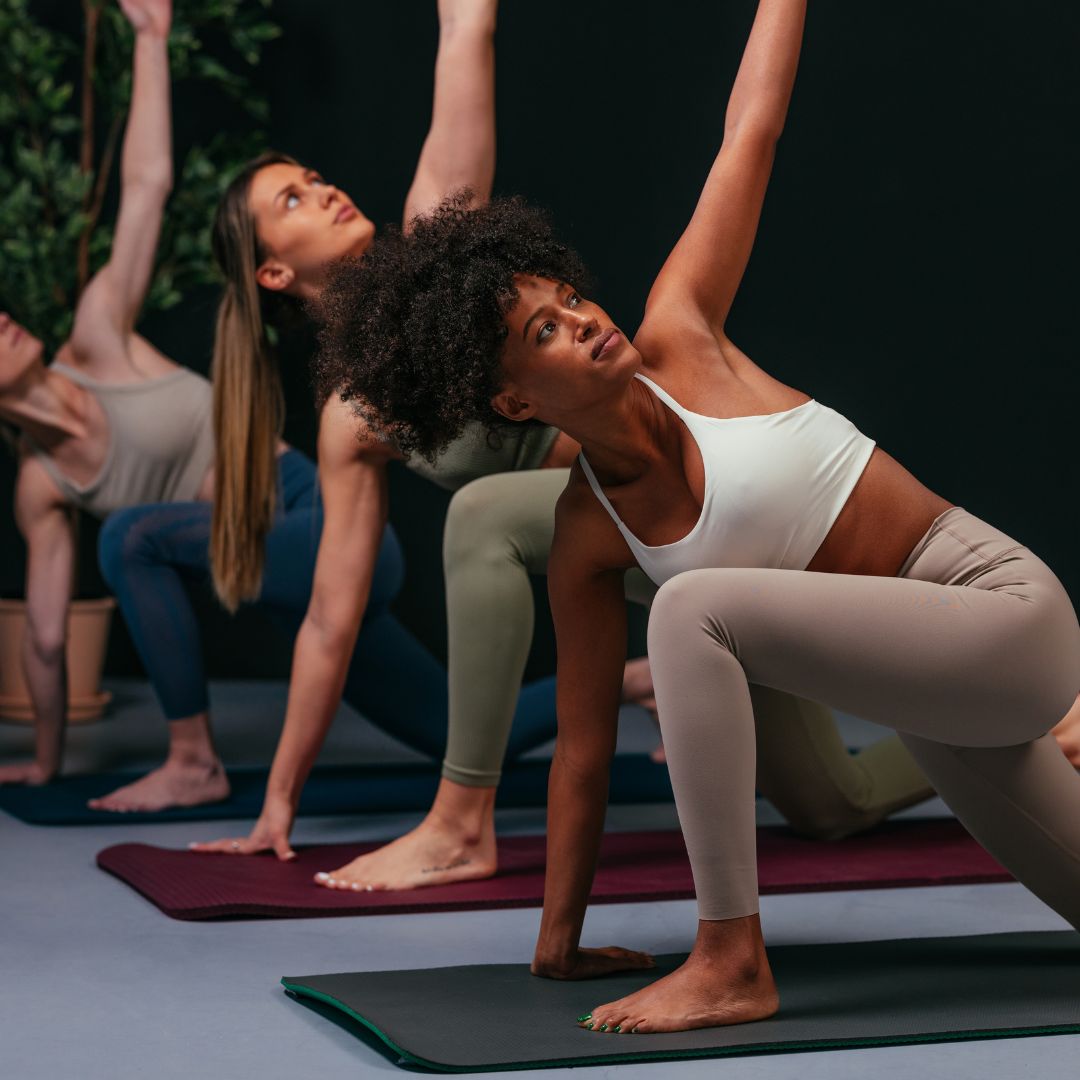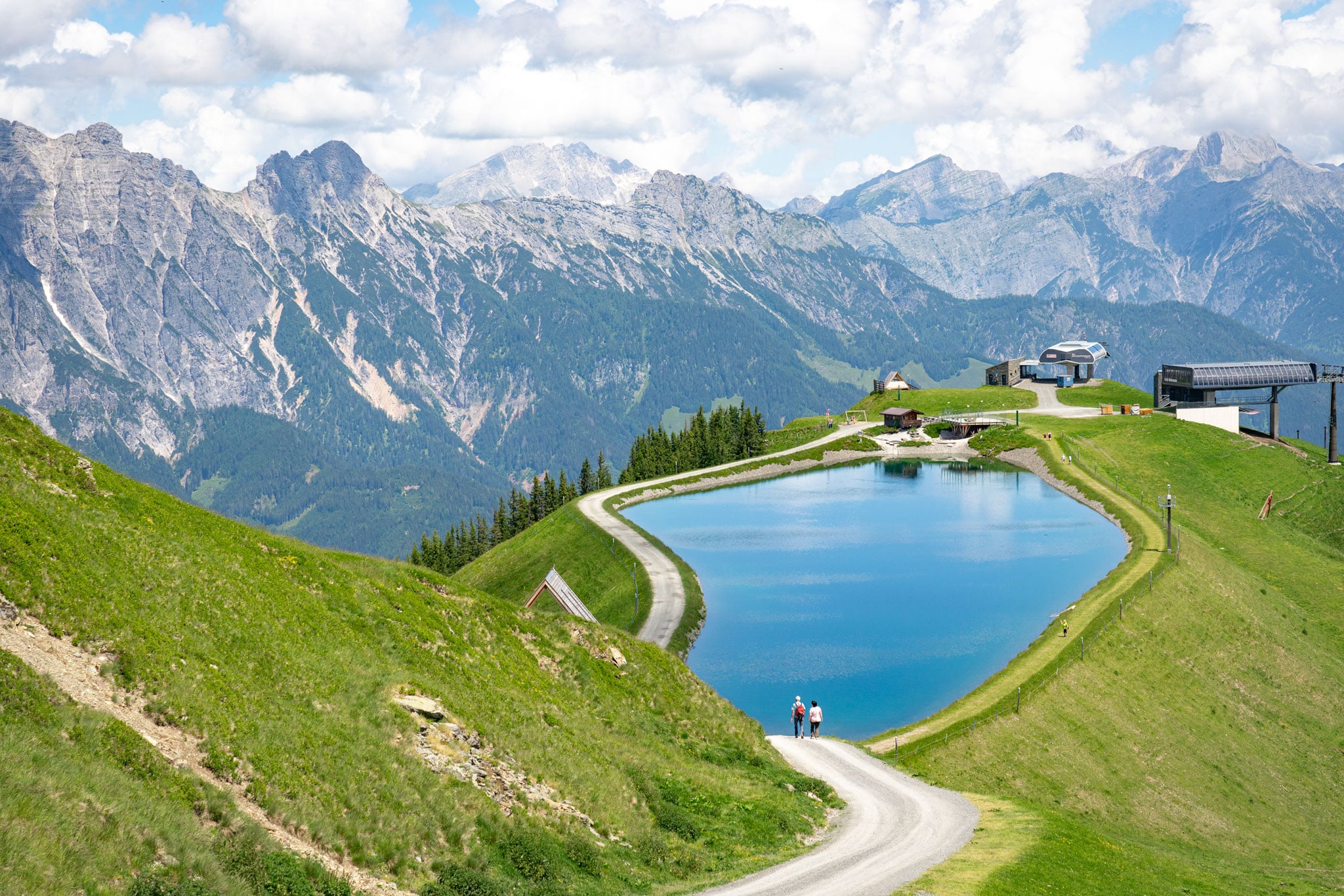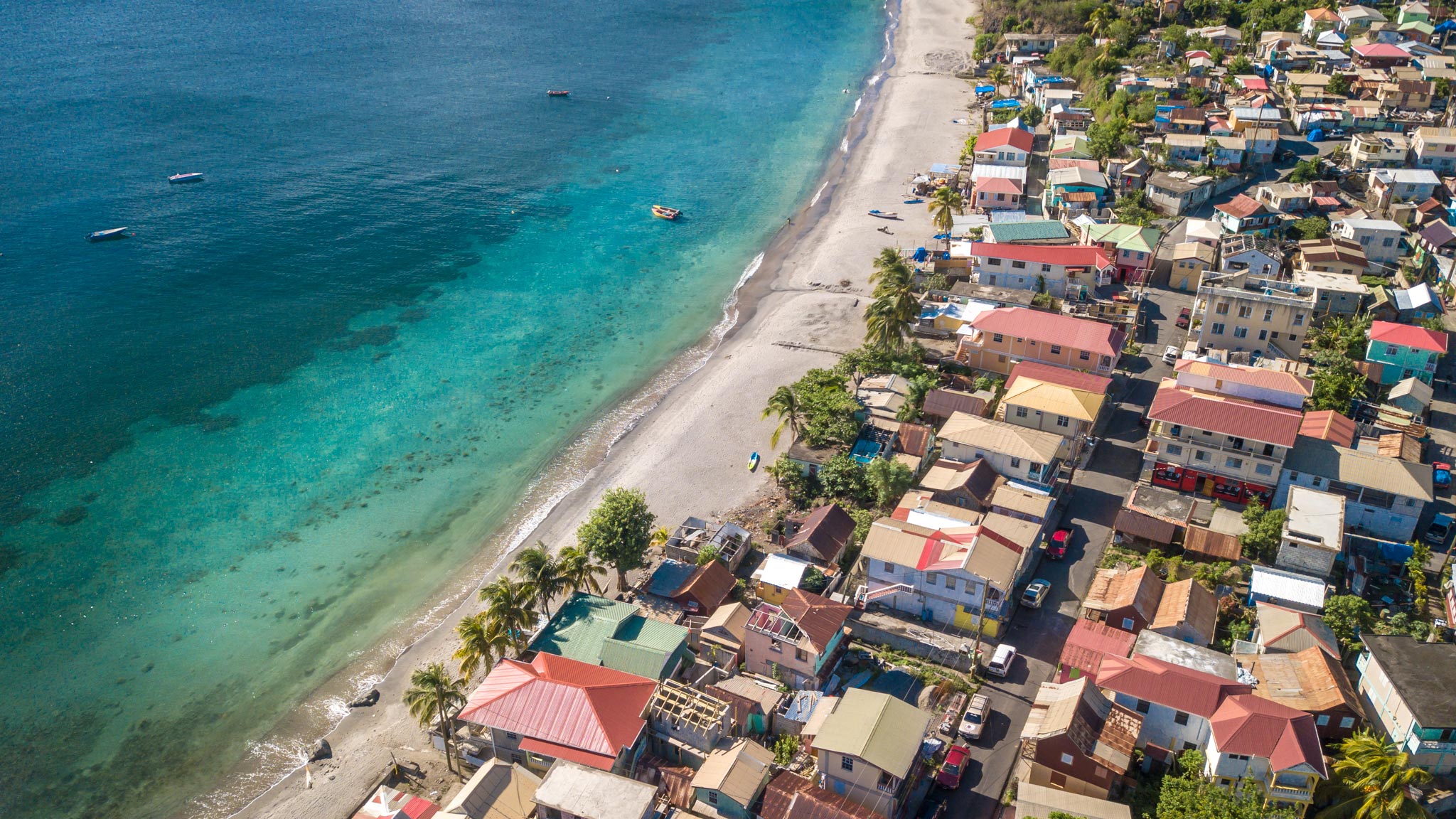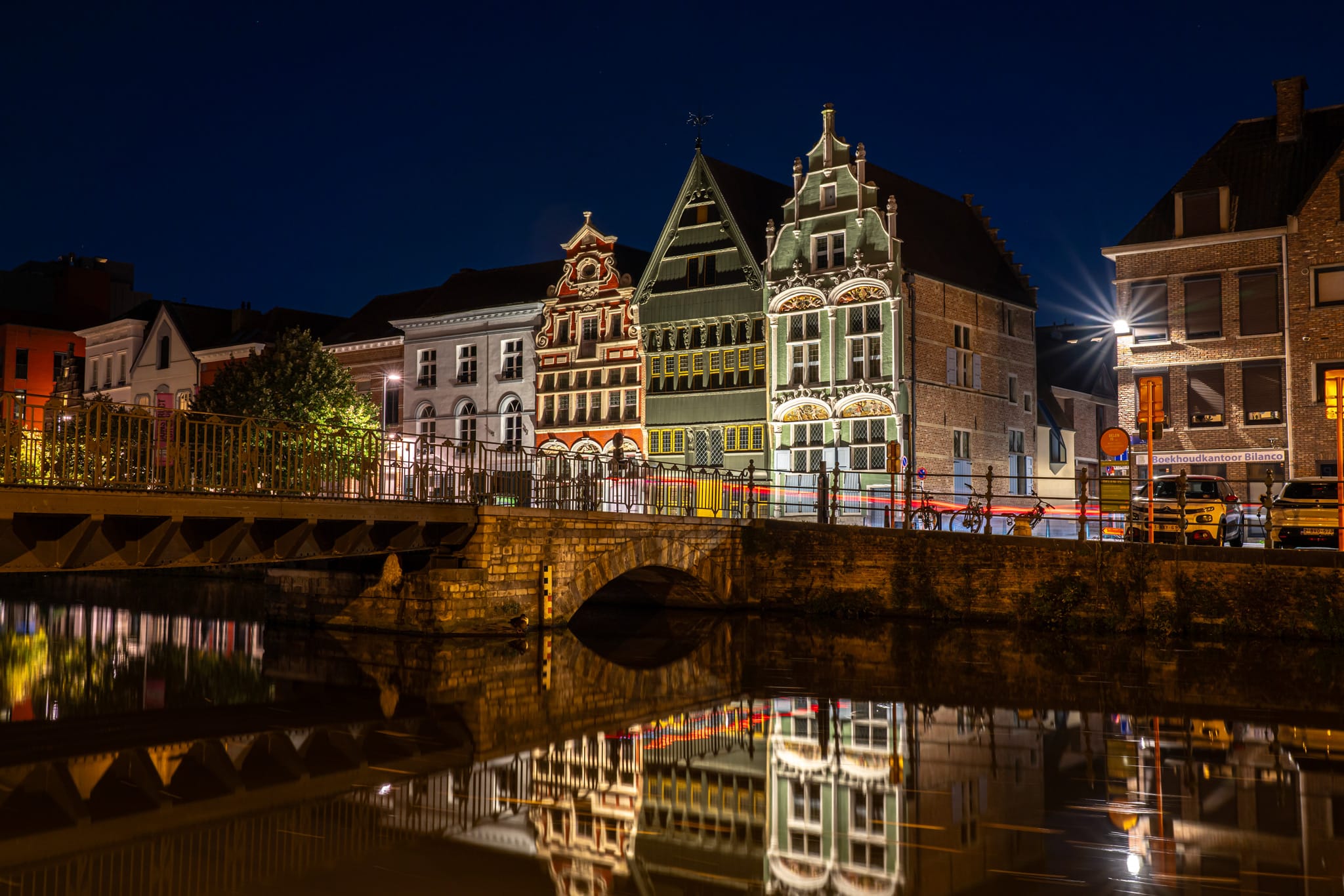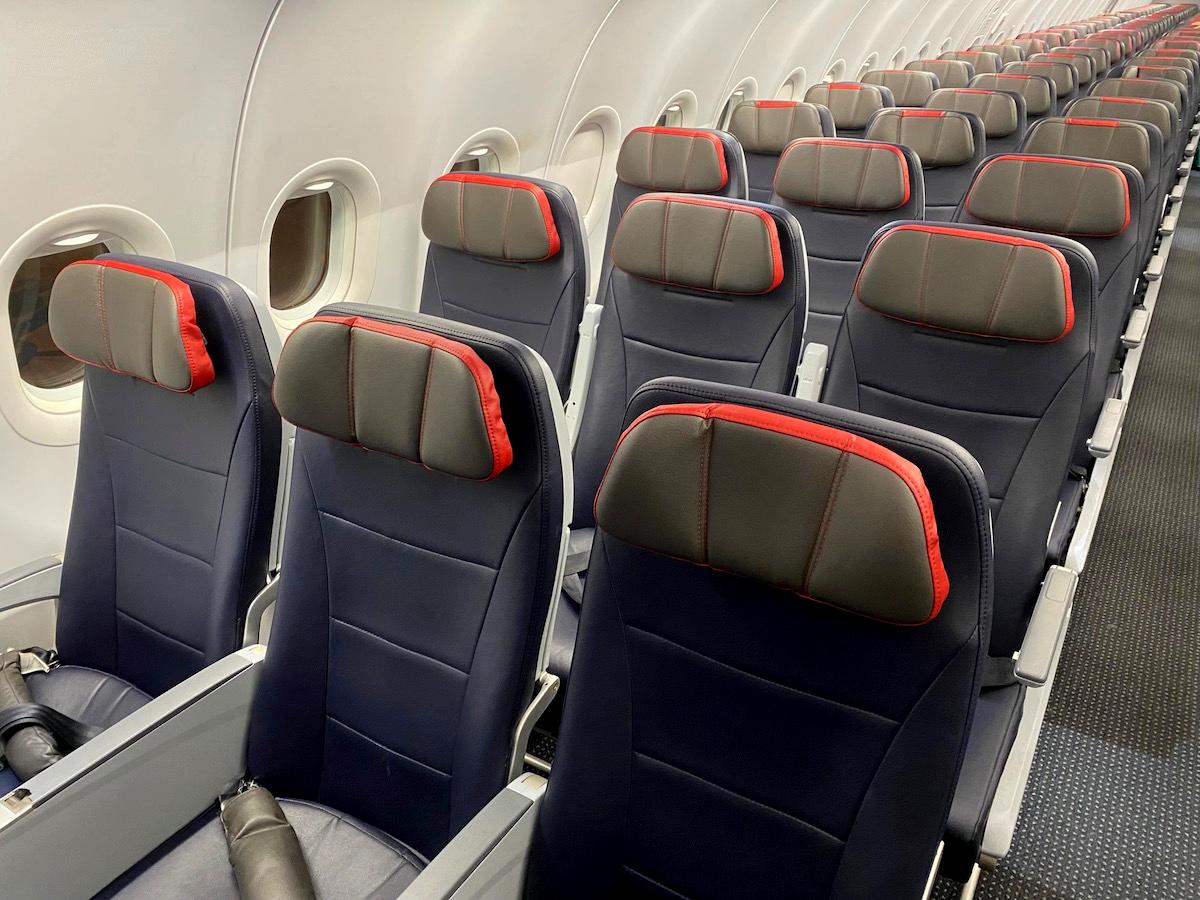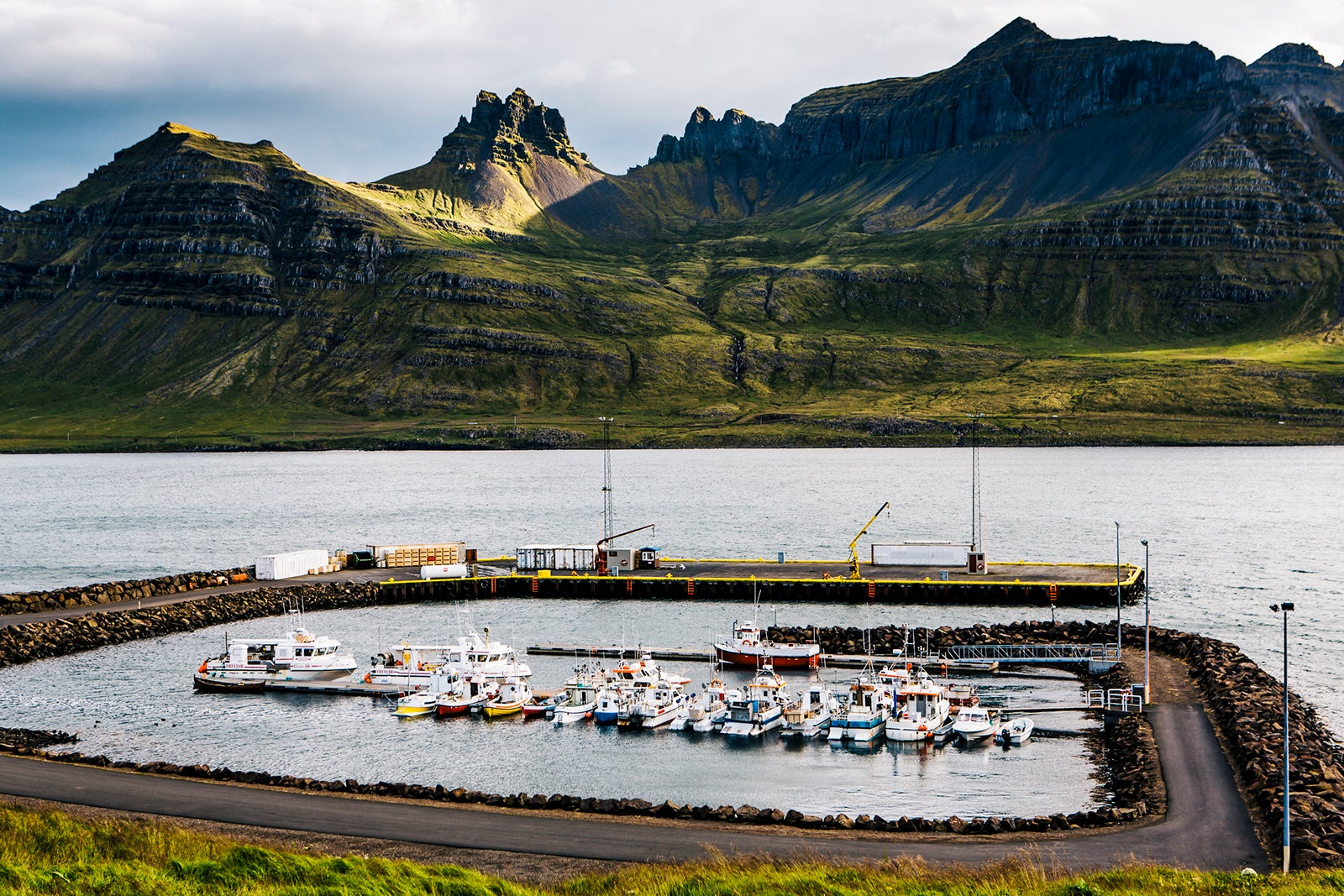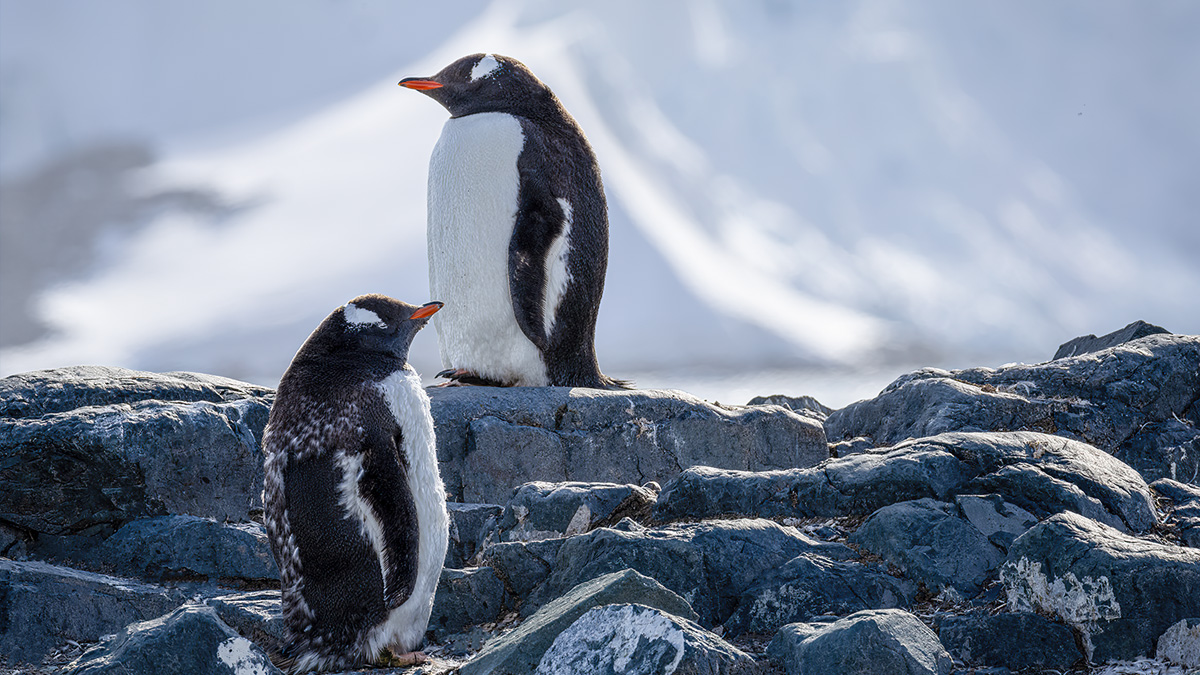8 places in Thailand not to miss
Thailand appeals to all types of travelers. Here’s a roundup of a few of our favorite beaches, nature reserves, historic sites and vibrant cities.

The glorious variety of Thailand appeals to all types of travelers.
Flavor-loving gourmets will love the street food, produce-laden markets and deluxe restaurants all over the country. Those seeking enlightenment can find wisdom and inspiration at its thousands of temples and monasteries. Outdoors enthusiasts can set out on a hike, exploring virgin forests and lush mountains.
And you might have heard the country has some of the best beaches in the world.
Whether it’s your first time to Thailand or your twentieth, there’s always something new do discover. Here are eight places you’ll want to add to your list. 
1. Bangkok
Best city for food and nightlife
Many travelers to Thailand don’t get beyond the Bangkok airport. Yet this underrated city is a fabulous place to stay for a couple of days (at least!) for a thrilling introduction to Thailand.
With a little planning, this 10-million-strong megacity is surprisingly accessible. Its hundreds of thousands of restaurants and street-food vendors serve up everything from pizza to Ethiopian fare to (naturally) fiery curries and satays. Night markets, deluxe shopping centers, glittering palaces, temples and charming neighborhoods offer endless urban delights.
And ample transport links make Bangkok a great launching pad for day trips to the surrounding region, with floating markets and beaches to the south and popular national parks to the north.
Planning tip: Despite its go-go reputation, Bangkok has rules that prevent bars and clubs from staying open all night – in fact, most close at the relatively early hour of 1am.
2. The Upper Gulf
Best for floating markets
Only an hour or so from Bangkok, you’ll find Thailand’s most famous floating markets, including Damnoen Saduak (at its busiest in the early morning) and Amphawa (more popular with locals and with a more nightlife-y vibe).
On land, the Maeklong Railway Market is also a treat: six times each day, its many vendors pull up part of their stalls to allow a train to (slowly) pass. In the sprawing green space of Bang Kachao, you can rent a bicycle to pedal through the wilderness on concrete passageways, passing over canals hiding monitor lizards and reaching the island’s own floating market, Talat Nam Bang Nam Phueng. You can even take a day trip from Bangkok to the beach for sea breezes and fresh seafood: Pattaya is only two hours away.
3. Phuket
Best for a blend of cultures
The biggest island in Thailand, Phuket brings together a mix of Hokkien Chinese and Malaysian elements to produce a culture entierly different from the rest of the country. Hokkien-style fried noodles, o-aew (a jelly made from plant seeds), o-tao (an oyster omelet topped with pork rinds) and moo hong (braised pork belly stew) are all delicious dishes that originated in Phuket – and they’re hard to find even elsewhere in Thailand.
Phuket’s architecture testifies to the era when it was under Portuguese rule, and Sino-Portuguese shophouses – with their distinctive colors, tiles and details – still line the streets of the Old Town. Add in top-tier beaches, and you can easily spend a week enjoying all Phuket has to offer.
Planning tip: September to October is Phuket’s rainy season – a time to avoid visiting the island.
4. Chiang Mai
Best for temples
Chiang Mai is a great base from which to explore the surrounding mountains, caves and waterfalls – and merits at least three days of your trip. The region surrounding this former imperial capital is packed with temples: Doi Suthep is famous for its stunning viewpoints, while Wat Suan Dok serves as the final resting place for Chiang Mai’s former royal family. The charmingly weatherbeaten Wat Chedi Luang, founded over 600 years ago, is right in the center of town; Wat Phra Singh, home of the Lion Buddha, has golden stupas that dazzle in the sunlight.
After you’ve visited these memorable temples, you can feast on Northern Thai cuisine, which draws influences from China and Myanmar; listen for the regional dialect (called kum mueang); and enjoy regional dance styles. Chiang Mai’s many outdoor markets, such as Talat Warorot and Talat Jing Jai, sell food, clothing and knickknacks that make perfect souvenirs.
Planning tip: From late February to early April, Chiang Mai is usually choked with smoke from farmers burning land in the mountains to plant their crops. Opt for the Thai “winter” of November to January, or the rainy season.
5. Khao Yai National Park
Best for wildlife
A 2½-hour drive from Bangkok, Khao Yai has been a popular weekend retreat for nature-loving Thais for decades. As a result, the area around the national park – Thailand’s third-largest – has many amenities, including houses, hotels, restaurants, shops and even amusement parks. Not surprisingly, it’s an ideal place to bring the whole family.
The top attraction, of course, is the 2166-sq-km (836-sq-mile) national park itself, which is blessed with a wealth of hiking trails for all levels; cooling waterfalls; and an impressive range of wildlife, including monkeys, bears, elephants and elusive leopards. You can hire a park ranger to maximize your chances of an animal sighting, or for help in choosing the best viewpoints or waterfalls.
Planning tip: You should hire a guide ahead of time if you are going wildlife spotting – ideally an official ranger, via the park’s website.
6. Ayutthaya and Sukhothai
Best for history buffs
The historic city of Ayutthaya served as Siam’s capital from the 14th to 18th centuries, before it was ransacked by the Burmese. The site of the old city has since been established as a UNESCO World Heritage Site, and is ideal for exploring. Bike rentals on the edge of the historical park turn Ayutthaya into an even easier place to navigate, making for a pleasant morning of culture and exercise under a canopy of green leaves.
Sukhothai, Siam’s first capital, was built on a smaller scale and also allows bike rentals, making it an ideal hands-on history lesson for families with smaller children. Also a World Heritage Site, Sukhothai’s towers and Buddha statues are less visited than its younger sister down south, making it preferable for those who dislike large crowds.
Planning tip: Ayutthaya can be accessed by river boat, which takes up to an hour from Bangkok (which is less time than driving). Get to Sukhothai by plane, train, bus or car.
7. The far north
Best for hiking
Known as the Golden Triangle, the apex of Thailand’s far north – where Thailand, Laos and Myanmar meet – has served as a destination for die-hard nature lovers for decades. Whether by motorcycle, mountain bike or your own two feet, exploring this area yields remarkable scenes of natural beauty. Once associated with the opium trade, the Golden Triangle is today where visitors come to cruise along the Mekong against a spectacular background, camp in moderate (for Thailand) weather or visit an elephant camp. (Or all three.)
Sleepy yet graceful Chiang Rai is only 9km (6 miles) south of the Golden Triangle, making it an ideal base for exploring the surrounding area. This city has its own attractions, too – notably the weird, wonderful and picture-perfect Wat Rong Khun (White Temple).
Planning tip: It’s a 1½-hour trip from Chiang Rai to the Golden Triangle. Aside from renting a car, you can hire a taxi or take a bus.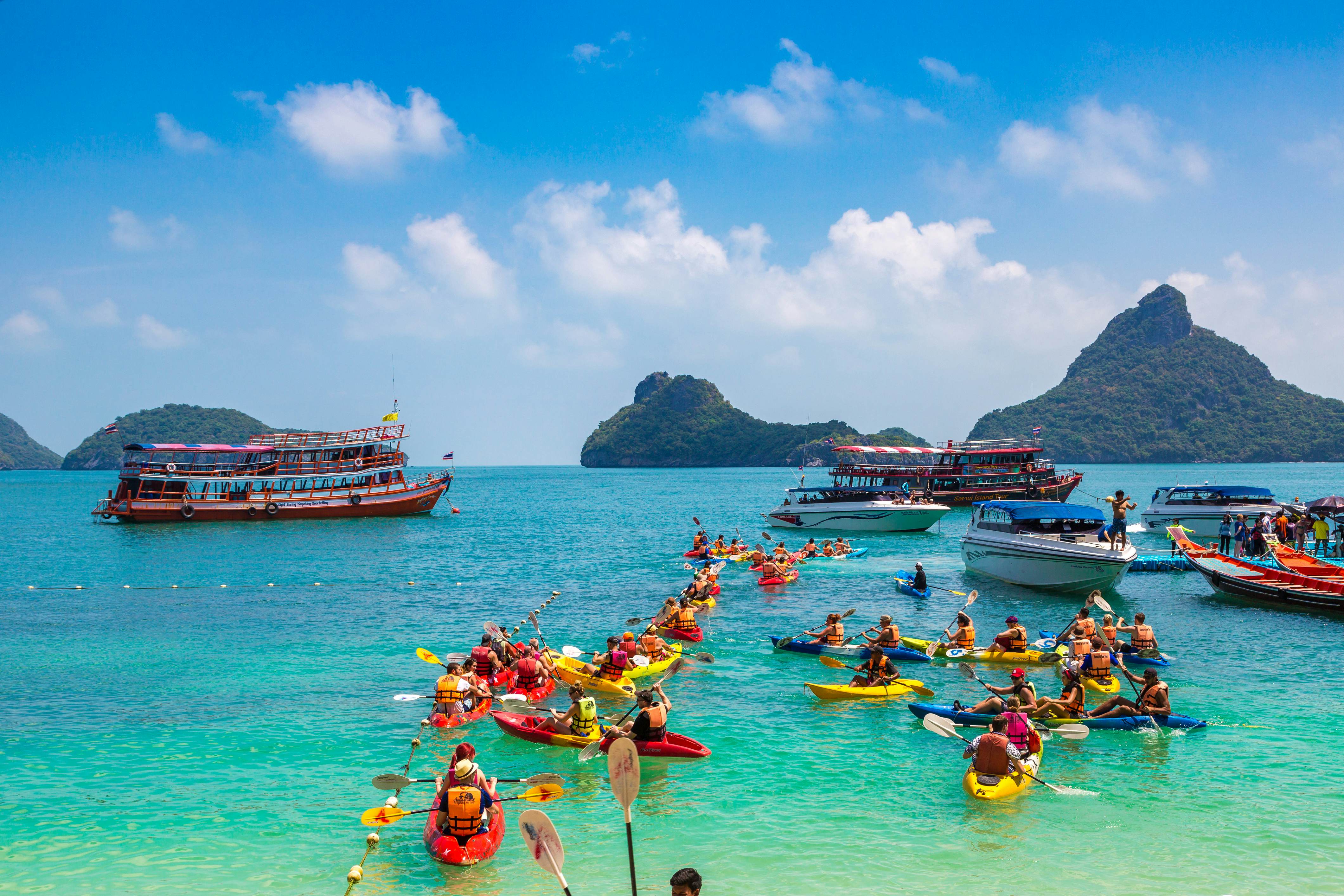
8. Ko Samui
Best for water sports
Ko Samui is the fantasy of a tropical island, all hilly coves and white-sand beaches and turquoise waters. (TV writers love it, too.) Besides its many charming beaches, Samui also hosts Ang Thong National Park, an archipelago of islands perfect for snorkeling and sea kayaking; the Na Muang waterfalls, for casual swimming; snorkeler favorite Silver Beach; and countless spots for scuba diving. On-land attractions are also abundant, including fishing villages, golf courses and a surprising number of wellness retreats.
Planning tip: Samui has a surprisingly long “dry” season, from December to August, when chances of rain are minimal.





































